Optimal Timing for Sliding Door Repositioning
Sliding door repositionings are most effectively performed during periods of low activity within a building to minimize disruption. Ideal timing often coincides with scheduled renovations or maintenance windows. Proper timing ensures optimal results and reduces the need for repeated adjustments.
Repositioning projects are best scheduled during mild weather seasons to avoid complications from extreme temperatures or humidity.
Perform repositionings when occupancy is low, such as during holidays or after-hours, to prevent interference with daily activities.
Coordinate with regular maintenance schedules to address issues proactively and ensure door functionality.
Planning ahead allows for optimal timing, especially in commercial settings where operational continuity is critical.

Technicians adjusting sliding door tracks during scheduled maintenance.

Building during off-hours, ideal for repositioning work.

Repositioning work during mild weather months.

Ways to make Sliding Door Repositionings work in tight or awkward layouts.

Popular materials for Sliding Door Repositionings and why they hold up over time.
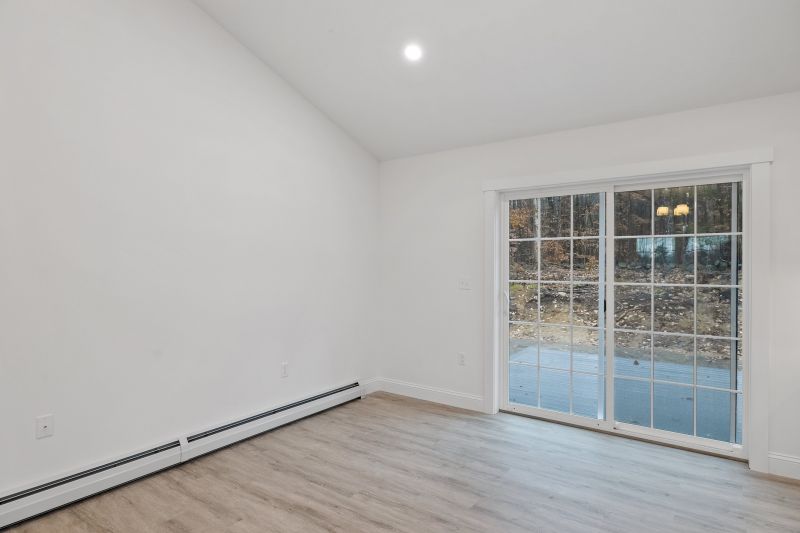
Simple add-ons that improve Sliding Door Repositionings without blowing the budget.
| Timing Factors | Recommendations |
|---|---|
| Extreme weather conditions | Avoid during very hot, cold, or humid periods |
| High occupancy periods | Schedule outside of peak hours or busy seasons |
| Planned renovations | Coordinate with renovation schedules for efficiency |
| Maintenance cycles | Align with regular maintenance for proactive adjustments |
| Long-term planning needs | Schedule well in advance for critical operational periods |
Sliding door repositionings involve adjusting the track, rollers, or alignment to improve operation and security. Proper timing minimizes inconvenience and ensures the longevity of the installation. Regular assessments can identify the optimal window for adjustments, especially in high-traffic environments where door performance impacts accessibility and safety.

Tools used for precise sliding door adjustments.

Ensuring smooth operation after repositioning.

Verifying proper function of the sliding door.

Preparing for scheduled repositioning work.
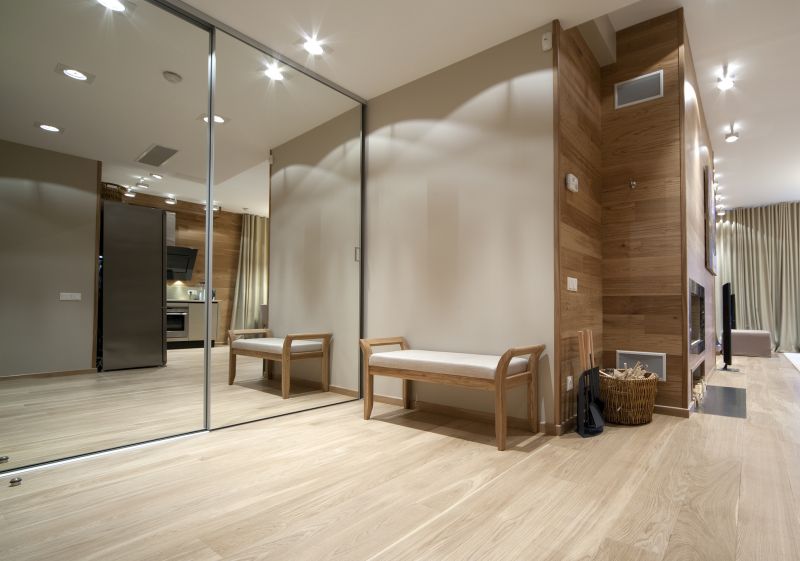
High-end options that actually feel worth it for Sliding Door Repositionings.

Finishes and colors that play nicely with Sliding Door Repositionings.
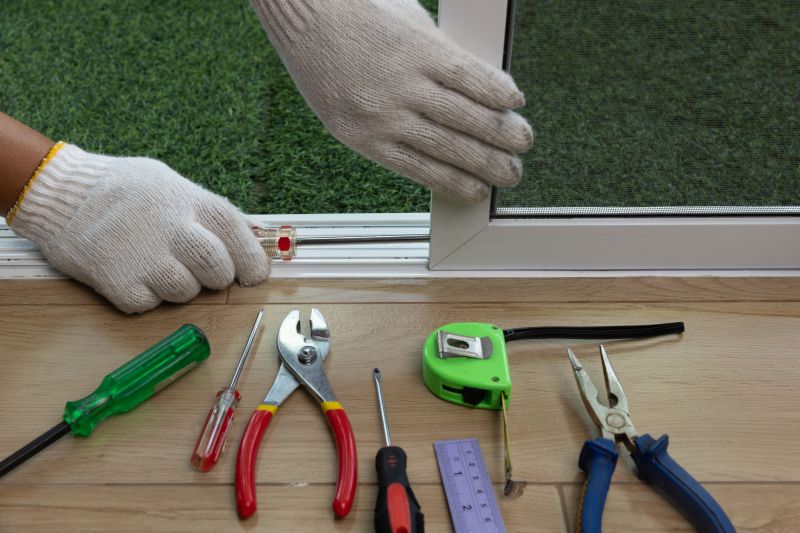
Little measurements that prevent headaches on Sliding Door Repositionings day.
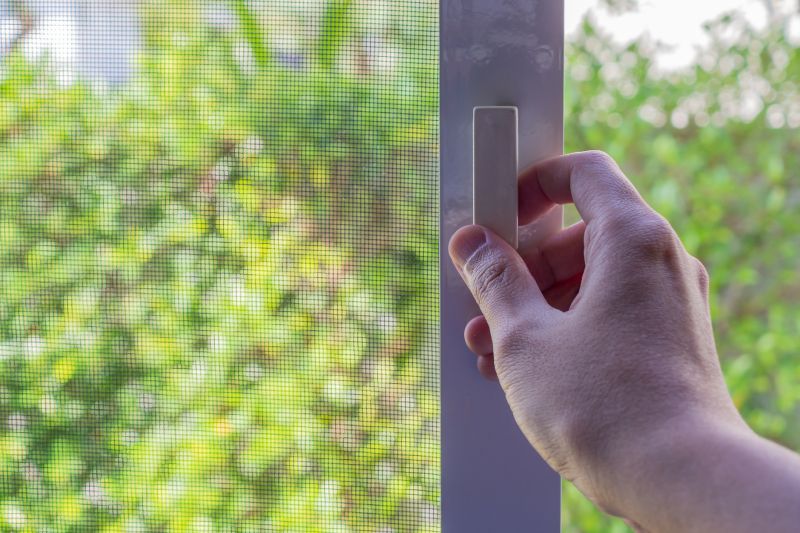
A 60-second routine that keeps Sliding Door Repositionings looking new.

A frequent mistake in Sliding Door Repositionings and how to dodge it.
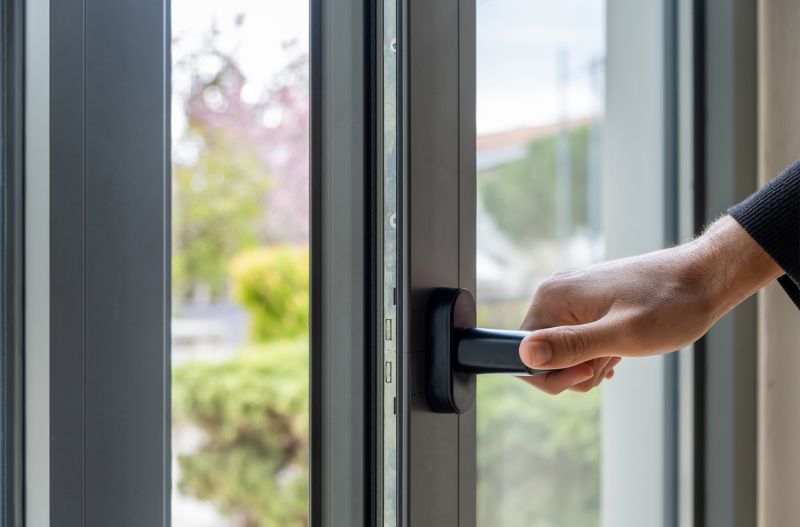
Small tweaks to make Sliding Door Repositionings safer and easier to use.
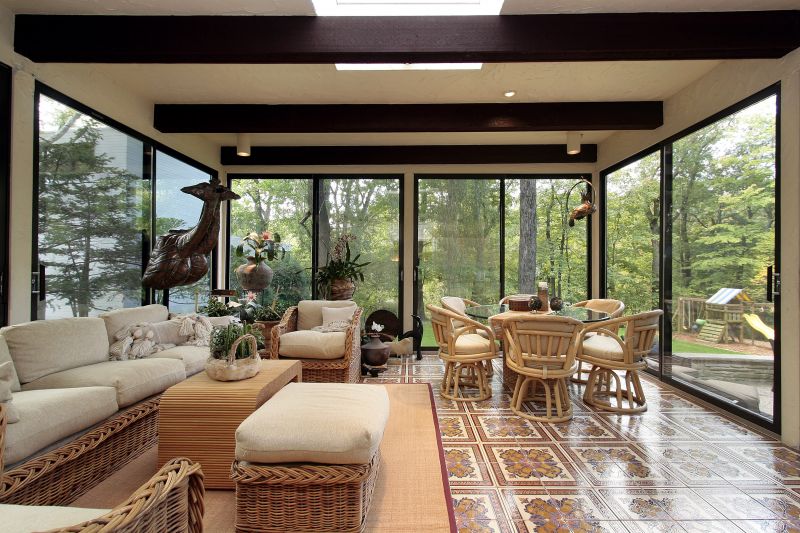
Lower-waste or water-saving choices for Sliding Door Repositionings.
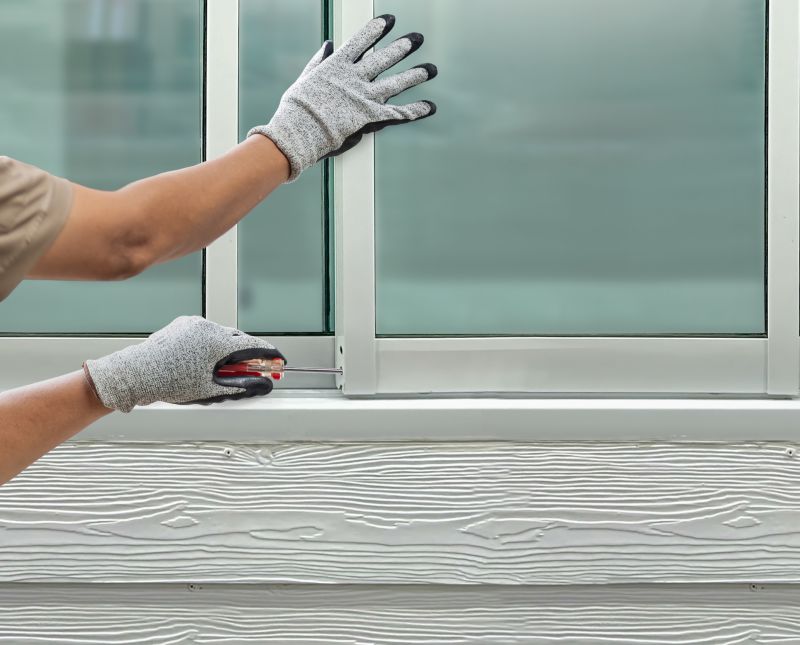
The short, realistic tool list for quality Sliding Door Repositionings.
Timing plays a crucial role in the success of sliding door repositionings. Whether in commercial or residential settings, scheduling during periods of low activity, favorable weather, or aligned maintenance cycles can lead to more efficient and effective outcomes. Proper planning ensures that doors operate smoothly and reliably long-term.

Properly aligned door after adjustment.

Door functioning smoothly post-repositioning.

Rough timing from prep to clean-up for Sliding Door Repositionings.
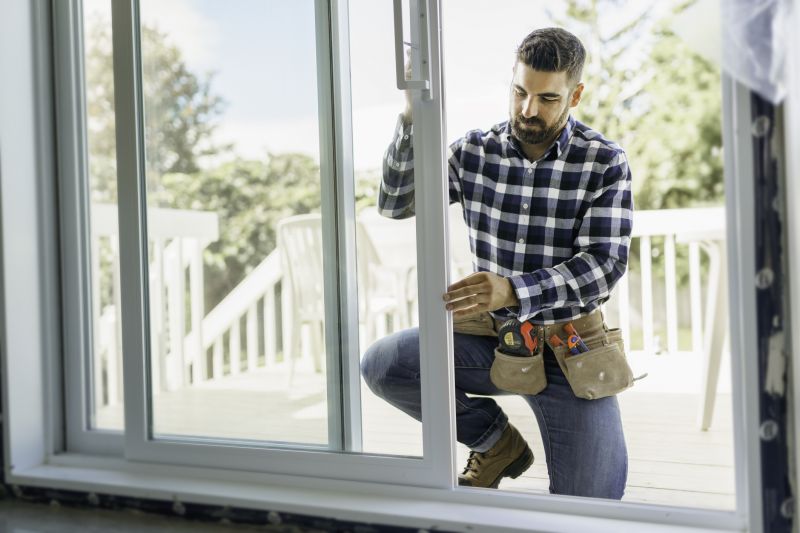
Quick checks and paperwork to keep after Sliding Door Repositionings.
Interested in scheduling a sliding door repositioning? Filling out the contact form can help determine the best timing based on specific needs and operational schedules.
